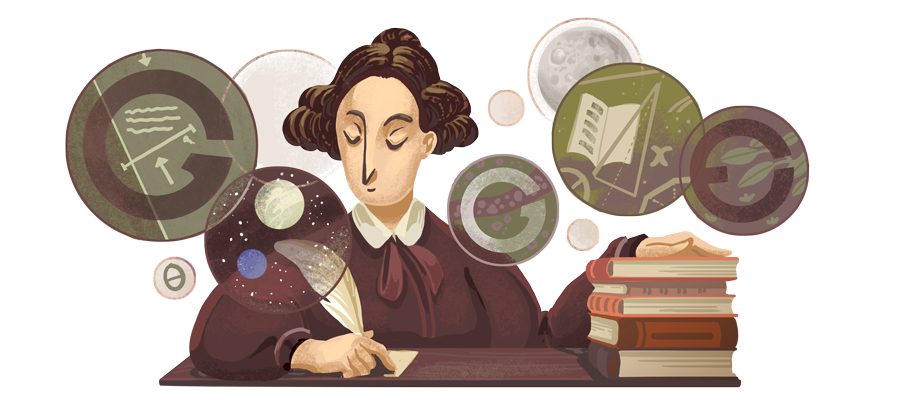‘Mary Somerville’ Scottish science writer Google dedicates doodle

Google is celebrating the legacy of Scottish science writer Mary Somerville with a doodle. On today in 1826, one among Somerville’s experimental physics papers was read by the Royal Society of London, the UK’s National Science Academy. It became the primary paper by a female author to be published within the prestigious Philosophical Transactions, the world’s oldest science publication, which remains active today.
Born in Jedburgh, Scotland, on December 26th, 1790, into a distinguished family of humble means, Mary Sommerville spent her early years helping her mother with chores round the house and enjoying nature within the family garden. At the age of 10, her father returned from overseas and decided to send her to a private school for a correct education.
It was at private school that her teacher explained how the basics of painting might be traced back to Euclid’s Elements of Geometry. After acquiring a replica of the classic book, Somerville delved into teaching herself astronomy and arithmetic . Following years of independent learning and research, she went on to publish her own scientific papers and books.
In 1831, Mary Somerville’s The Mechanism of the Heavens revolutionized the prevailing understanding of the system . This highly-praised essay laid the groundwork for her breakthrough book, The Connection of the Physical Sciences (1834), which became among the simplest selling science books of the 19th century. Its third edition in 1836 provided the clues astronomer John Couch Adams needed to get Neptune.
In Connection, Somerville revealed the underlying links between the various disciplines of physics , on which a reviewer of the book first coined the word “scientist” to explain this multidisciplinary approach.
Not one to be pigeonholed, Mary Somerville was also a vocal advocate for equal rights and therefore the person to sign the 1866 women’s suffrage petition.
In 2016, the Institute of Physics celebrated Sommerville’s innovative thinking, which paved the way for the ever-increasing number of girls in STEM fields, by introducing the Mary Somerville Medal and Prize for scientists who engage the general public through their work.
This Artical taken refrence from NDTV


















